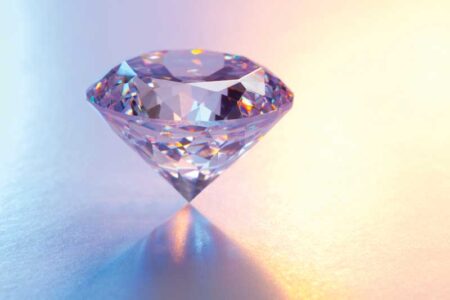
Behind the facets: Diamond colour treatments
August 19, 2024
Not only do jewellers have to know exactly what they are selling, but they have ethical, regulatory, and even legal responsibilities to disclose any treatments or enhancements to the customer prior to the point of sale. The consequences are real, especially in our age of social media and instant news-making. Detecting treatments and enhancements often requires advanced equipment and...